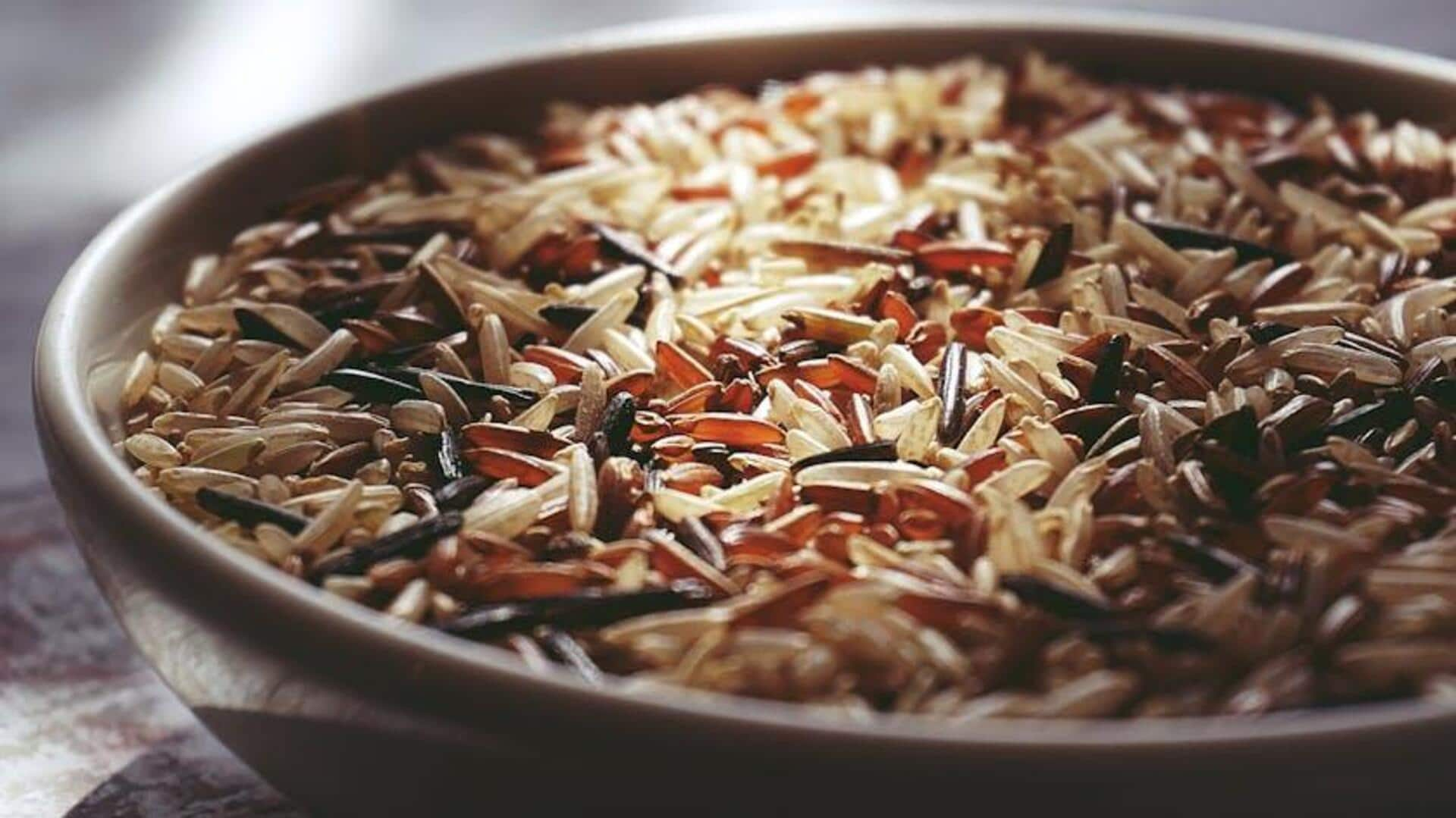
Add these ancient grains to your daily diet
What's the story
Ancient grains are making a return in modern kitchens, providing a healthy and tasty option to more regular grains. From quinoa to amaranth and millet, these grains have been grown for thousands of years and have great health benefits. They're rich in protein, fiber, and nutrients. With more people becoming health-conscious, ancient grains are being added to different dishes for texture and taste, and nutrition too.
#1
Quinoa: The protein powerhouse
Often hailed as a superfood, quinoa is packed with protein. It contains all nine essential amino acids, making it a complete protein source. Also gluten-free and easy to digest, quinoa can be tossed in salads or served with a side of vegetables. Its nutty flavor goes well with many ingredients making it versatile for various cuisines.
#2
Amaranth: The nutrient-rich grain
Amaranth is another ancient grain that has been making its way into the limelight for its nutritional profile. It is high in iron, calcium, and magnesium and gluten-free like quinoa. Amaranth can be cooked like rice or popped like popcorn for snacking. Its slightly sweet taste makes it ideal for savory dishes and desserts alike.
#3
Millet: The versatile staple
Owing to its adaptability in various climates, millet has been a staple food across cultures. It is rich in B vitamins and antioxidants that promote good health. Millet can be consumed as porridge or ground to prepare flour for baking purposes (like bread or pancakes) without compromising on taste or texture.
#4
Spelt: The ancient wheat alternative
Spelt provides an alternative within the wheat family with higher protein levels than regular wheat varieties but lower gluten content, which can benefit those sensitive, not intolerant, towards gluten entirely. This makes spelt perfect when preparing pasta products, from noodles to baked goods like breads, where regular wheat might otherwise dominate the recipe traditionally speaking across culinary landscapes globally today.